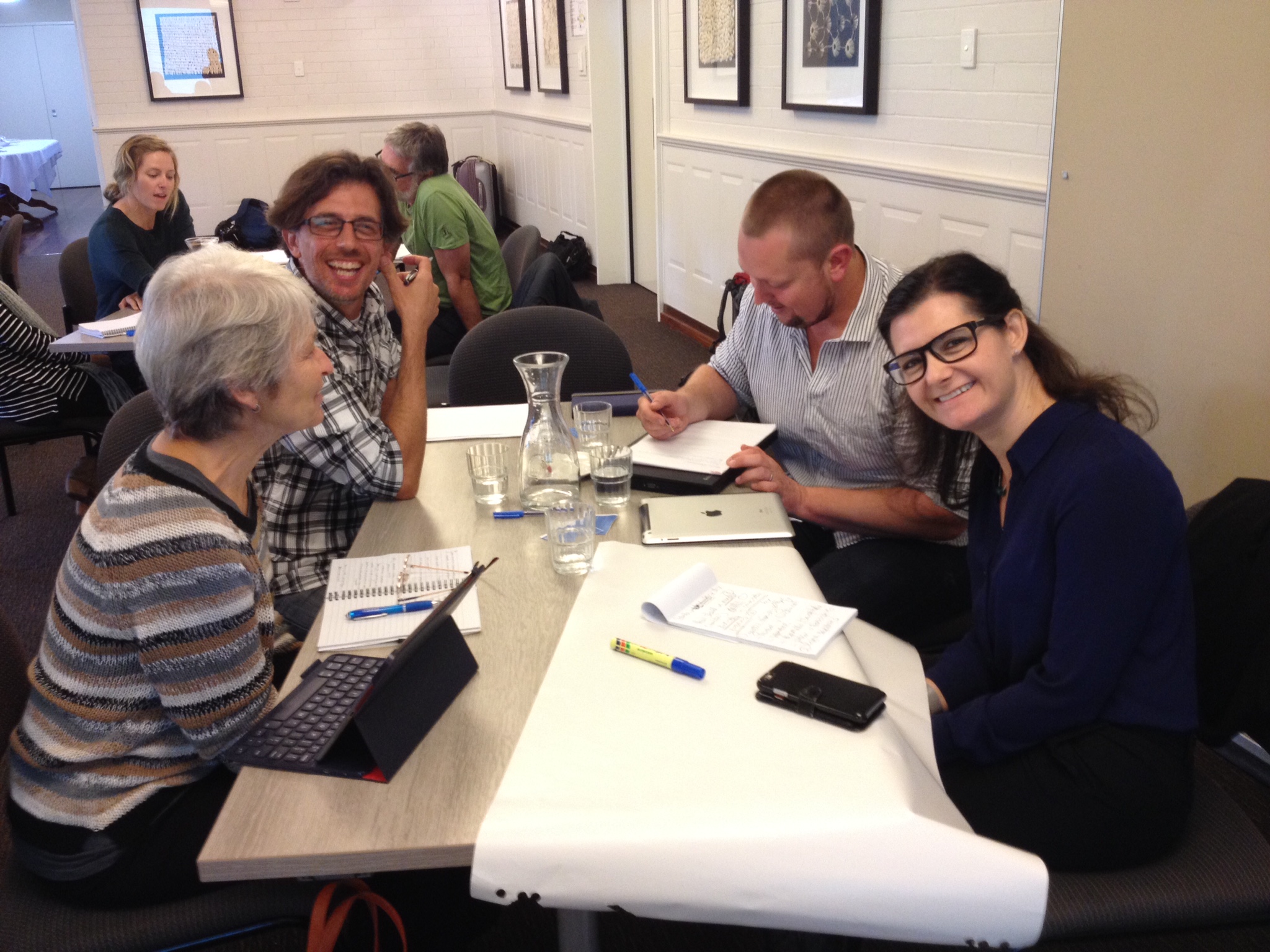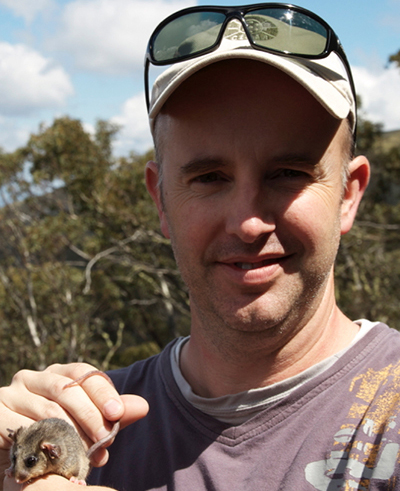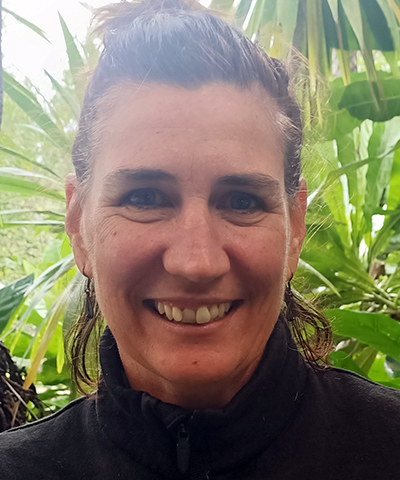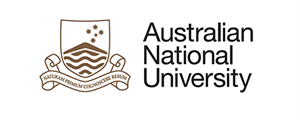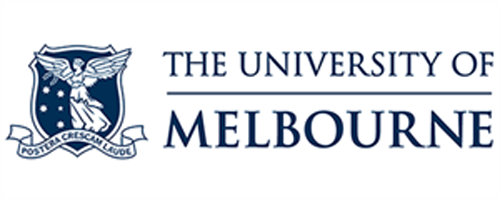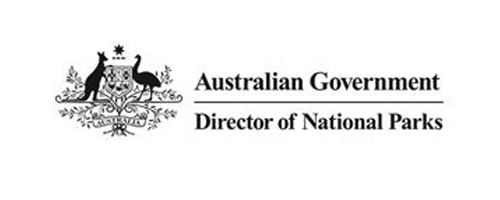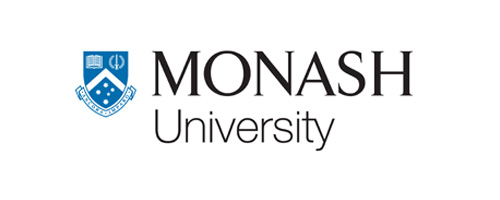
Project: 4.1.9
Genetic analysis of the Norfolk Island morepork and green parrot
Project Leaders: Andrew Weeks
Research in Brief
The Norfolk Island morepork (or boobook), Ninox novaeseelandiae undulata, and the Norfolk Island green parrot, Cyanoramphus cookii, are both endemic to Norfolk Island and are listed as Endangered under the EPBC Act. Both are priority species under the Threatened Species Strategy and a priority for management by Norfolk Island National Park.
This project will analyse genetic samples collected through a larger partnership project on the two species coordinated by Parks Australia to better understand the genetic structure and health of both species. The results will directly inform important conservation management decisions in relation to population management and threat abatement that Parks Australia needs to make for the two species in the next few years.

Norfolk Island National Park natural resource manager Melinda Wilson with morepork owl chick. Image: Parks Australia
Why is the research needed?
The Norfolk Island morepork and the Norfolk Island green parrot each consist of a single small population. They have experienced severe genetic bottlenecks and are subject to several common extrinsic and intrinsic threats that limit their population recovery; for the morepork there are particular concerns over an apparent lack of successful breeding. In order to design and employ more effective population and habitat management actions, including potential translocations, further information is urgently needed on the species’ genetic viability.
How will the research help?
The project will carry out analysis into the genetic structure and health of both species based on analysis of available samples including museum specimens and contemporary samples collected as part of a larger project being coordinated by Parks Australia.
This will provide an understanding of the processes that have shaped contemporary genetic variability (genetic structure and diversity, social system, inbreeding, hybridisation and bottlenecks) necessary for informing future conservation management, including potential reintroductions to other islands and whether populations should be supplemented with individuals from other regions, for example, moreporks from New Zealand.
The project will both address urgent conservation management issues for these species and provide broader ecological insights into small populations on islands.

Norfolk Island morepork owl. Image: Parks Australia
What research activities are being undertaken?
The major research tasks will include:
- obtaining tissue samples from museum specimens and related sub-species. In the case of the morepork, this will include sourcing samples from the original population;
- obtaining and storing blood/feather/tissue samples from the contemporary population via invasive (capture) and non-invasive techniques (feathers from nests, pellets or other);
- optimising and/or developing genetic markers as required;
- undertaking genotyping/sequencing of nuclear and mtDNA for the:
- historical population from museum and other samples, and
- contemporary population
- analysing data using genetic software and simulation methods; and
- developing draft genetic recommendations on the genetic management of these populations.
Who is involved?
The project is led by researchers from the Australian National University and The University of Melbourne, in partnership with Parks Australia and Monash University.
Where is the research happening?
The project is taking place on Norfolk Island.
When is the research happening?
The project will run for from 2020 to mid 2021.
Further information
For more information please contact:
Robert Heinsohn - Robert.Heinsohn@anu.edu.au
Top image: Norfolk Island green parrot. Image: Parks Australia
